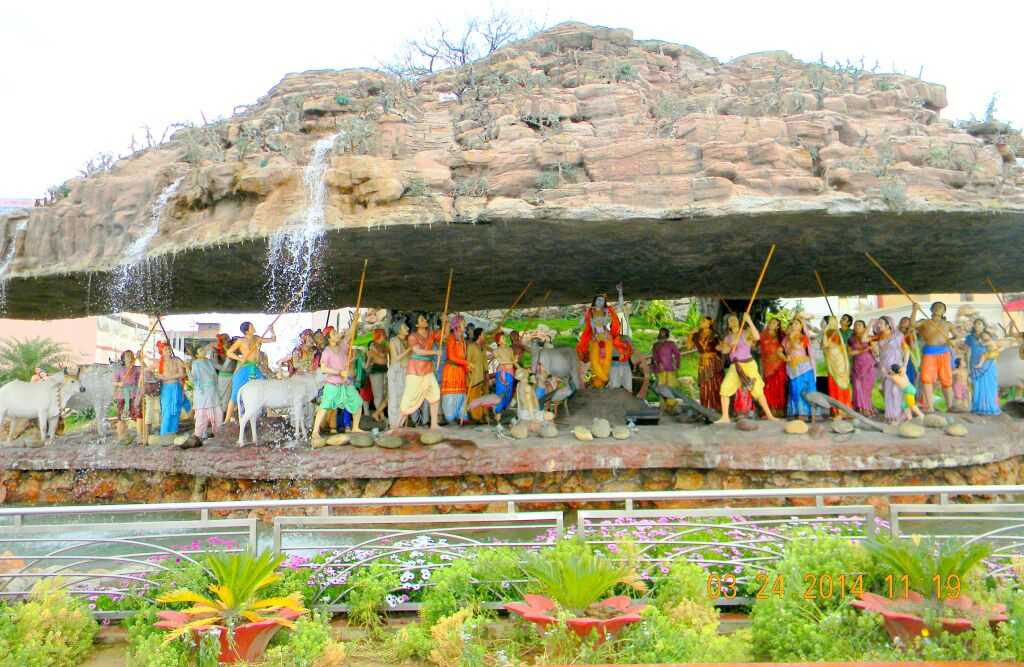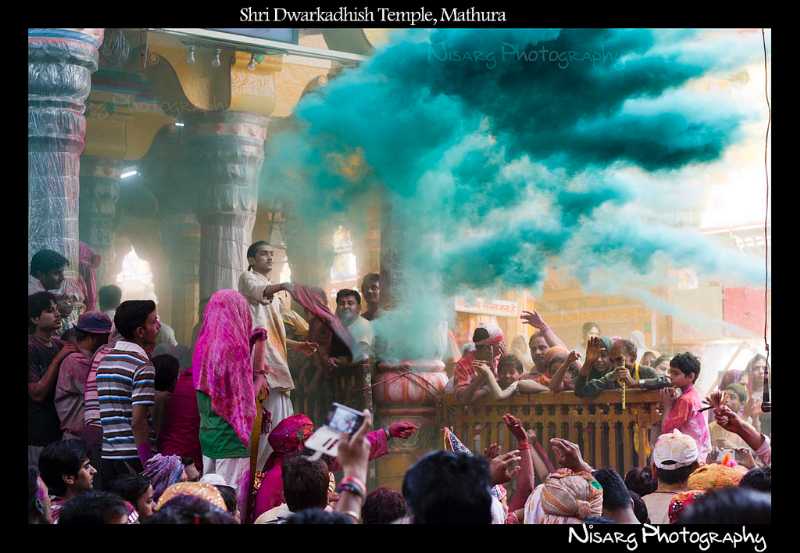| Lok Sabha Constituencies in RaeBareli district, Uttar Pradesh (MP Constituencies) | Amethi Rae Bareli |
| MLA Assembly Constituencies in RaeBareli district, Uttar Pradesh | Bachhrawan Harchandpur Rae Bareli Salon Sareni Unchahar |
About RaeBareli District :
The district of Raebareli, which was created by the British in 1858, is named after its headquarters town. Tradition has it that the town was founded by the Bhars and was known as Bharauli or Barauli which in course of time got corrupted into Bareli. The prefix, Rae, is said to be a corruption of Rahi, a village 5km. west of the town. It is also said that the prefix, Rae, represents Rae, the common title of the Kayasths who were masters of the town for a considerable period of time.
Since about the begining of the media level period of indian history the region in the south of which the area covered by the district of Raebareli lies has been known as avadh or subhah of avadh. In the north it streched as far as the foothills of the Himmalays and in the south as far as the Ganga beyond which lay the Vatsa country. There is no doubt that the district has been civilised and settled life since very early times.
District at a Glance :
- District –
- Headquarters –
- State
- Total –
- Rural –
- Urban –
- Population –
- Rural –
- Urban –
- Male –
- Female –
- Sex Ratio (Females per 1000 males) –
- Density (Total, Persons per sq km) –
- Assembly
- Loksabha
- Official Website –
Tourist Places :
Samaspur Bird Santuary :
Samaspur Bird Santuary is situated in Rohaniya Development block of the district, about 122 k.m from Lucknow on Lucknow-Varanasi highway. It was established in 1987 on a total area of about 799.371 hectare. Nearest railway station is Unchahar and the nearest airport is Fursatganj, Raebareli.The best period of visit is from November to March. More than 250 varieties of birds can be seen here.Some of the birds come here from a distance of 5000 k.m. which include Greleg Googe, Pin Tail, Common Teel, Vision, Showler, Surkhab etc. Local birds include Comb Duck, Whistling Teel, Spot Bill, Spoon Bill, King Fisher, Vulture etc. Twelve varieties of fish are there in the lake at Samaspur
Dalmau :

Dalmau is situated on the banks of Holy Ganga and is famous since ancient times. It has been the Historical town of the district. Prominent palces at Dalmau are King Dal’s fort, Bara Math, Mahesh Giri Math, Nirala memorial Institute, A well constructed by Ebrahim Sharki, Palace of Nawab Shuza-ud-daula, Baithak of Alhaa Udal, Dalmau Pump canal etc.
Behta Bridge :

This Bridge is situated in the outskirts of the Raebareli city. The important thing of this Bridge is that at this place Sharda canal crosses the Sai river. An aqueduct has been constructed and the canal flows in the duct.




 According to legends, it is at this temple that the Pandavas encountered Rishi Balkhily at Bhrigu Parvat when they were on the lookout for Shiva after the Kurukshetra battle. The Rishi directed them to the site of the confluence to meet an old manmeditating there. But when the Pandava got there, the old man vanished and instead, a shivling appeared there. Rishi Balkhily instructed the Pandavas to embrace the Shivling in order to free themselves from their sins. Their impressions are stamped on this Shivling – the biggest Shivling in northen India.
According to legends, it is at this temple that the Pandavas encountered Rishi Balkhily at Bhrigu Parvat when they were on the lookout for Shiva after the Kurukshetra battle. The Rishi directed them to the site of the confluence to meet an old manmeditating there. But when the Pandava got there, the old man vanished and instead, a shivling appeared there. Rishi Balkhily instructed the Pandavas to embrace the Shivling in order to free themselves from their sins. Their impressions are stamped on this Shivling – the biggest Shivling in northen India.
 Chandak constitutes the northern of Soar Valley.The famous temple of Mostamanu is 2 Km. from Chandak. Chandak offers a fascinating view of the Himalayan ranges and the sprawling Soar Valley. It is a potential hang gliding resort and the magnesite mining factory is located too here.
Chandak constitutes the northern of Soar Valley.The famous temple of Mostamanu is 2 Km. from Chandak. Chandak offers a fascinating view of the Himalayan ranges and the sprawling Soar Valley. It is a potential hang gliding resort and the magnesite mining factory is located too here. situated 77 Km from Pithoragarh . It is particularly well known for the famous Mahakali temple where the Shakti Peeth was installed by Shankaracharya himself. During Navratries a fair is held on the occasion of which devotees offer pujas-along with sacrifices. 2 Km from Gangolihat near the Mankeshwar temple are the ruins of the fort which once belonged to the Mankotis -an obscure dynasty of Kumaon region. 2 Km away is Uprara, the native village of poet ‘Gumani’, the first Kumaoni poet, who also wrote in Hindi, Sanskrit and Nepali with great dexterity and command. 4 Km east from Uprara, near the village of Tamanauli is the Bharbhyo cave.
situated 77 Km from Pithoragarh . It is particularly well known for the famous Mahakali temple where the Shakti Peeth was installed by Shankaracharya himself. During Navratries a fair is held on the occasion of which devotees offer pujas-along with sacrifices. 2 Km from Gangolihat near the Mankeshwar temple are the ruins of the fort which once belonged to the Mankotis -an obscure dynasty of Kumaon region. 2 Km away is Uprara, the native village of poet ‘Gumani’, the first Kumaoni poet, who also wrote in Hindi, Sanskrit and Nepali with great dexterity and command. 4 Km east from Uprara, near the village of Tamanauli is the Bharbhyo cave.
 Garaun water falls four Kms to the east of the Berinag, Musk Deer Farm at Kotmanya, Him Darshan Kutir at Dharamghar.
Garaun water falls four Kms to the east of the Berinag, Musk Deer Farm at Kotmanya, Him Darshan Kutir at Dharamghar.


 Narayan Ashram : Established by Narayan Swami in 1936 , Narayan Ashram is situated at a distance of 17 Kms from Tawaghat. The Ashram is a spiritual cum socio-educational centre.
Narayan Ashram : Established by Narayan Swami in 1936 , Narayan Ashram is situated at a distance of 17 Kms from Tawaghat. The Ashram is a spiritual cum socio-educational centre.






